The Convent of Our Lady of Espinheiro frequently received visits from Portuguese kings, especially those of the Aviz dynasty, who were deeply devoted to the Virgin and, as a result, lavished her with great gifts and privileges. During the expedition to Arzila, King Afonso V made a promise to Our Lady of Espinheiro to aid the Portuguese forces in the battle; and, if victorious, he offered her a silver statue depicting him on horseback and dressed in white armor. Once the town was conquered, King Afonso V fulfilled his vow.
King John II, having inherited from his father a great devotion to Our Lady of Espinheiro, would often visit the convent whenever the court was in Évora, even spending the night at the inn he had built next to the church, where he had a platform for himself. The King convened the Courts in this convent in 1481.
In 1490, King John II convened the Cortes in Évora to request assistance with the marriage of his son, King Afonso, to Princess Isabella, daughter of the Catholic Monarchs. Legend has it that before the wedding, Infanta Isabella was visited in her chambers by Prince Afonso, and they had a "reunion." That same night, a storm caused the collapse of a church merlon, which, according to the monks, was a sign of displeasure from heaven and divine punishment.
King Manuel I regularly visited the convent, always bringing valuable offerings to the Virgin, to whom he was deeply devoted. It is said that it was at the Convent of Espinheiro that this king received the news of Vasco da Gama's discovery of India, although this cannot be taken for granted.
King John III, like his father and predecessors, frequently visited Espinheiro. His fondness for the convent led him to grant it several privileges, confirm others, and choose it for the pantheon of his children.
King Sebastian often walked from Évora to Espinheiro, following the example of the friars, attending their services and practices in the refectory and sleeping in a simple cell. This king confessed to his great friend, Friar Álvaro de Olivença, and so he ordered the construction of a small chapel near the main chapel, where he also retreated to prayer.
This unfortunate king loved the convent so much that he had a bullring built there, where bullfights were held, and the monarch himself sometimes went to fight. These festivities were always attended by the friars and often by special invitation by Cardinal-Archbishop Henry.
In 1663, Prince John of Austria also passed through Espinheiro, but in this case the Convent served as a guesthouse for the Castilian general staff during the Restoration War.
Appreciating the presence of the Convent of Our Lady of Espinheiro in Portuguese history, we realize, not without some emotion, that these stones have seen the passing of many illustrious figures and witnessed the aspirations and behavior of many who preceded us. Kings, princes, prelates, great lords and great ladies of the court, through their devotion and generosity, made the convent a center of influence and refuge, thus we can consider it inextricably linked not only to the city of Évora, but also, and more broadly, to the life of the Court itself.

